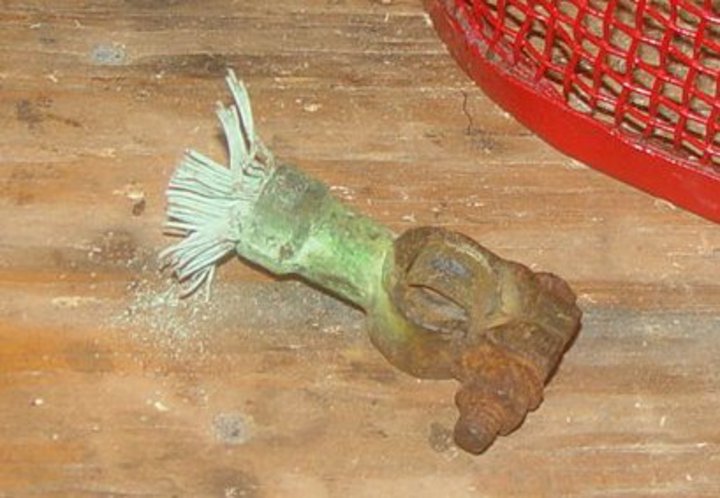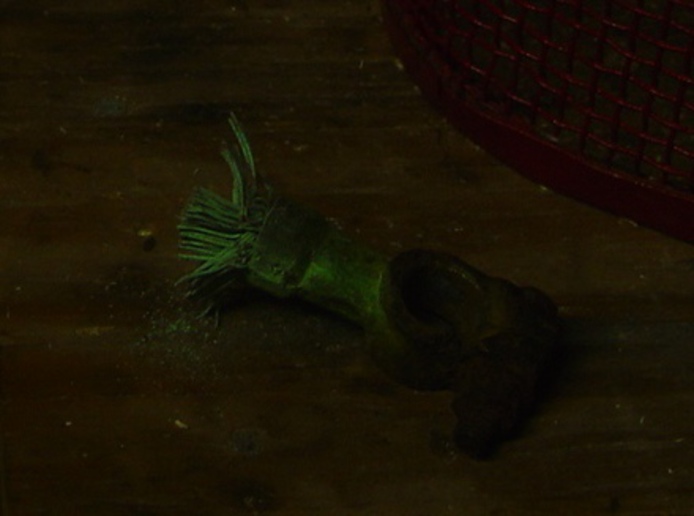Opinions/recommends, please.
A few days ago I replaced the battery end of the 7' cable to starter on my Cub. The heavy cable was very green corroded on exposed areas, thus I cut about 2" off the end. Still corrosion between each winding of the little copper wires. I opened them up about an inch and cleaned them; but I could still see green stuff further into the wiring/casing.
Before cleaning, the Cub was weak in cranking. After cleaning and new end, the Cub fires right up - extremely well, time-after-time and after sitting overnight.
Still, I'm wondering if this could be part of my lack of charging problem? Any ideas as to what I should do?
A few days ago I replaced the battery end of the 7' cable to starter on my Cub. The heavy cable was very green corroded on exposed areas, thus I cut about 2" off the end. Still corrosion between each winding of the little copper wires. I opened them up about an inch and cleaned them; but I could still see green stuff further into the wiring/casing.
Before cleaning, the Cub was weak in cranking. After cleaning and new end, the Cub fires right up - extremely well, time-after-time and after sitting overnight.
Still, I'm wondering if this could be part of my lack of charging problem? Any ideas as to what I should do?



